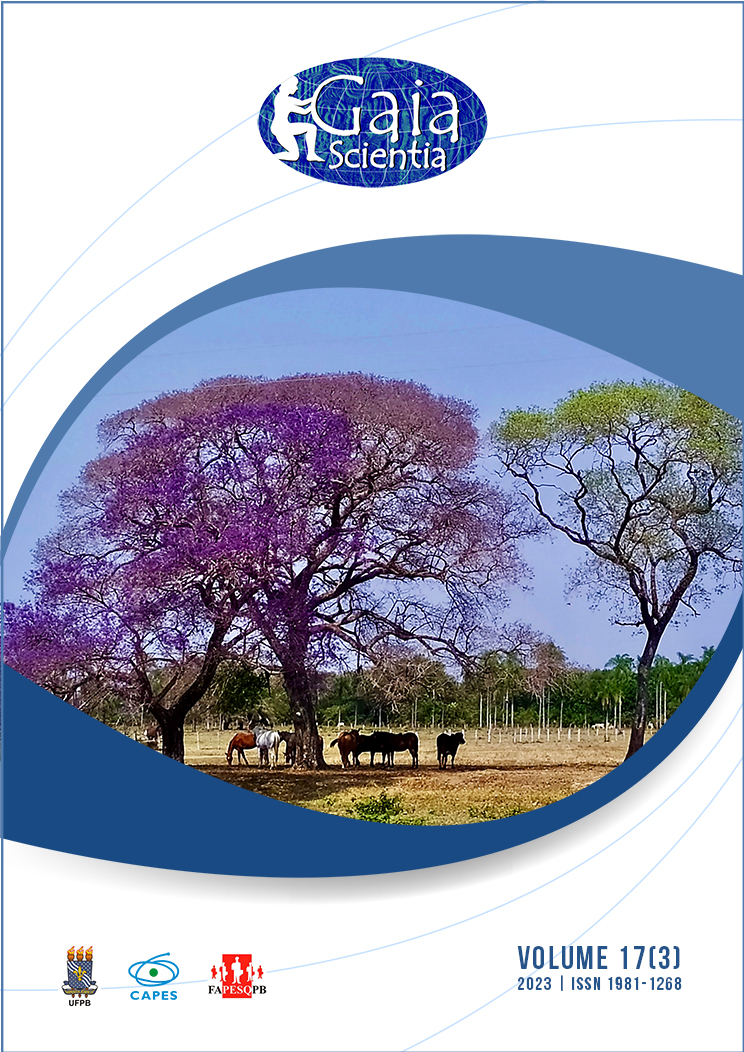“Não dá muda, não dá semente, como cresce?”: Conhecimento Etnomicológico de uma Comunidade Rural Caipira no Sudoeste Paulista
DOI:
https://doi.org/10.22478/ufpb.1981-1268.2023v17n3.68268Resumo
A etnomicologia é a área de estudo que transpassa o conhecimento tradicional e científico, cujo intuito é compreender e registrar os costumes e toda a cultura material e espiritual de diferentes comunidades vinculadas aos fungos. No Estado de São Paulo (SP, Brasil), ainda não foram realizadas pesquisas nessa área, e sendo assim, o objetivo do presente trabalho foi realizar um estudo etnomicológico no bairro Guareí Velho, Angatuba (SP). O bairro possui uma paisagem predominantemente rural, com raízes na cultura caipira, caracterizado pela agricultura familiar. Foram entrevistados 12 colaboradores por meio de entrevistas semi-estruturadas seguindo a metodologia de bola-de-neve. Os resultados foram analisados a partir de métodos qualitativos. Os entrevistados citaram alguns nomes populares para os macrofungos e o uso lúdico de algumas espécies. Também há uma lenda no bairro que envolve as orelhas-de-pau. Entretanto, não foi registrado nenhum uso atual gastronômico, medicinal ou cerimonial de espécies fúngicas na comunidade. Observou-se que os entrevistados possuem conhecimentos sobre a ecologia dos macrofungos e sua dinâmica na natureza, como fenologia e fatores climáticos envolvidos no surgimento dos mesmos. A ausência de usos dos fungos atualmente nessa comunidade indica que a mesma é não-micofílica, entretanto possuem um conhecimento local e suas próprias explicações para o surgimento/ocorrência dos macrofungos, além de noções sobre a ecologia e conservação dos mesmos.










